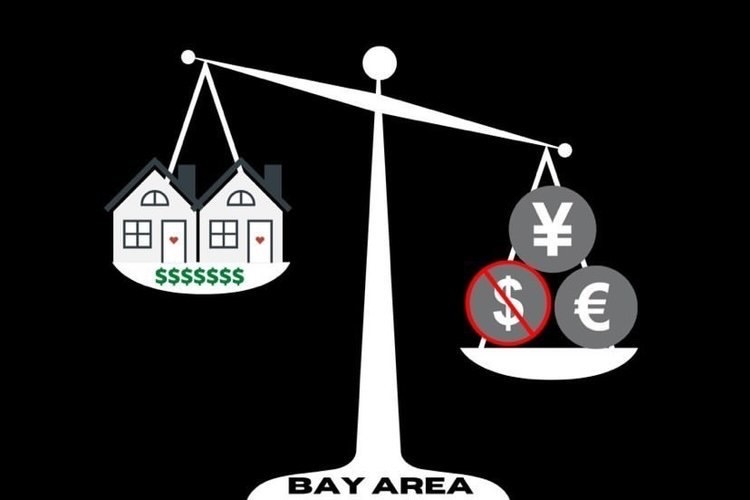Local governments need to scrutinize international real estate investment
Local governments need to scrutinize international real estate investment
The government should not ignore potential factors of displacement
Foreign investment in Bay Area real estate may be contributing to a more competitive market and urban displacement of local communities. Home prices in cities like Austin, Texas have been driven up by Californian buyers, as reported by the San Francisco Chronicle. Given this phenomenon, foreign investment in real estate may be contributing to the crazed market in the Bay Area.
Foreign activity in the U.S. real estate market has predominantly been viewed with a veneer of xenophobia. This fear-based prejudice inhibits local and state governments from calling attention to the net impact of this activity for fear of coming across as bigoted. However, this scrutiny is not to persecute international investors and fear monger; it is important to look at the real impacts foreign investment has on Bay Area communities.
Middle-class Bay Area natives in search of a home are met with astronomical prices that may prevent them from ever penetrating the market. The 1990 U.S. census recorded a drop in the homeownership rate for the first time since 1940, and this trend has only ballooned in the post-dot com boom Bay Area.
Moving from a buyers market to an expanded renters market is diminishing opportunities for Bay Area natives to capitalize on equity earned on properties. Faced with steep rent, hardworking families that have added value to this community for generations are forced out of the neighborhoods they once thrived in.
High population density and inflation are established factors of the competitive market. However, the data on foreign investment’s impact on the competitive market is less extensive — a disservice to Bay Area families.
The California Association of Realtors estimates that international buyers are more than twice as likely to pay in cash as domestic buyers. All-cash offers, or a 100% down payment, are attractive to sellers because they are not contingent on loan approval and appraisals. Unless the offer is significantly higher, an all-cash offer will pull ahead.
Redfin, a popular full-service real estate brokerage, estimates that between January and April 2021, around 20% of home transactions in San Francisco were made with all cash offers. This means around a fifth of the City’s crowded housing market was likely unavailable for middle and lower-class families. This is likely even more apparent in cheaper suburban areas like San Bruno where the median home price is lower.
Unfortunately, middle-class families often do not have the cash on hand to compete with these international offers. These offers set an unattainable precedent — attempt strenuous loans higher than competing cash offers or pull funds from retirement savings to have a chance at gaining a foothold in the market. If they can not compete, they either scrap for undesirable properties, succumb to rent or flee their communities.
According to SFGate, nearly half of international buyers planned to use their property as a vacation home or as an income-generating rental—or both. At a future date, these investors throw the property back on the market for a much higher price, while the native renter is snubbed of that increase in equity. Bay Area natives should not be at risk of displacement for the sake of a foreign investor’s portfolio. They should benefit from the stability of owning property that increases in value.
While not all of these all-cash transactions are made by non-residential international buyers, foreign investment may be contributing to extra competitive market conditions and rising housing prices. For this reason, California’s local and state governments need to research and scrutinize the effects of international home-buyers.







